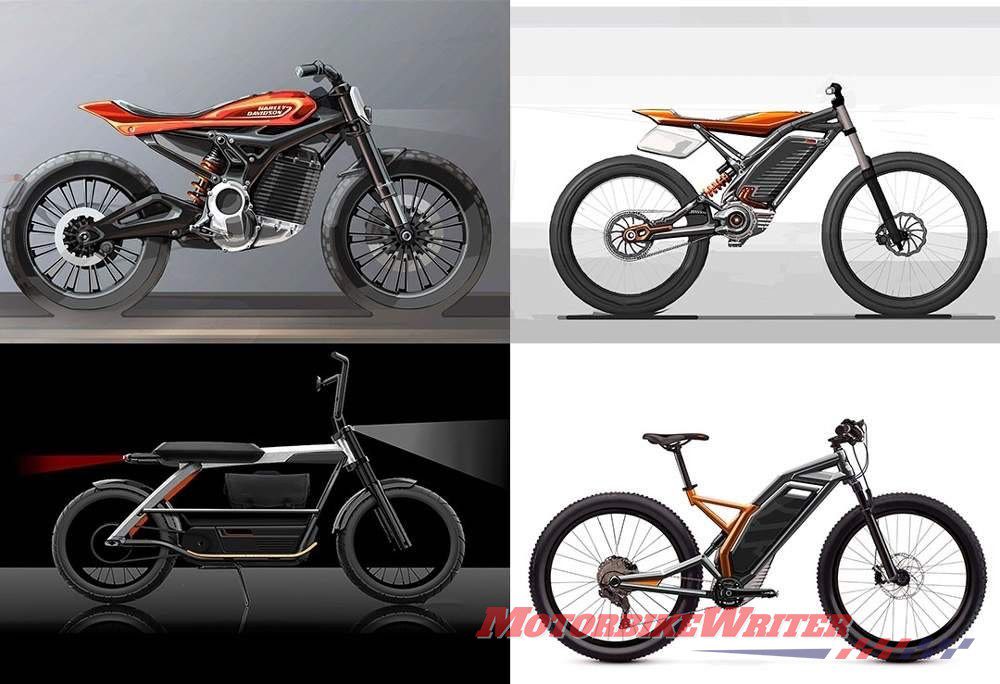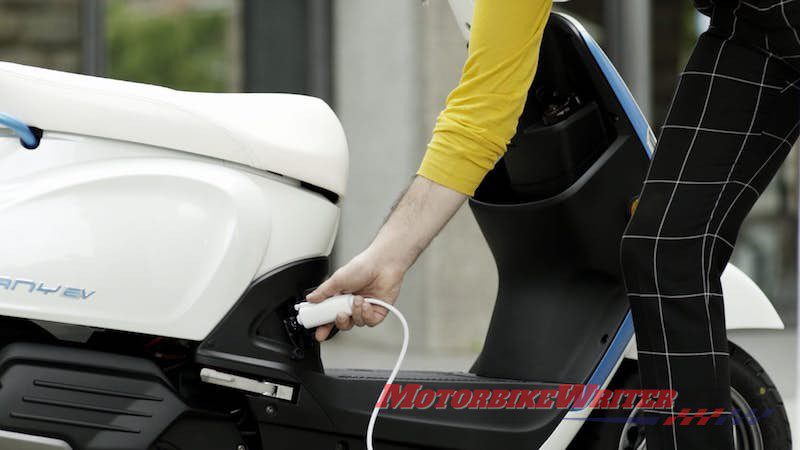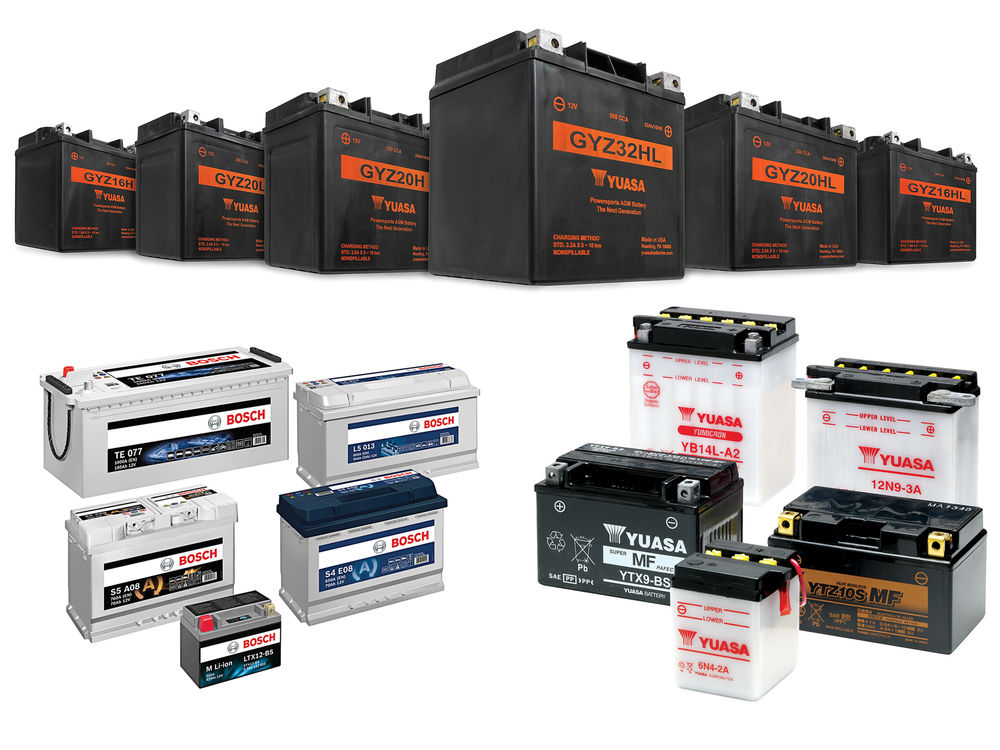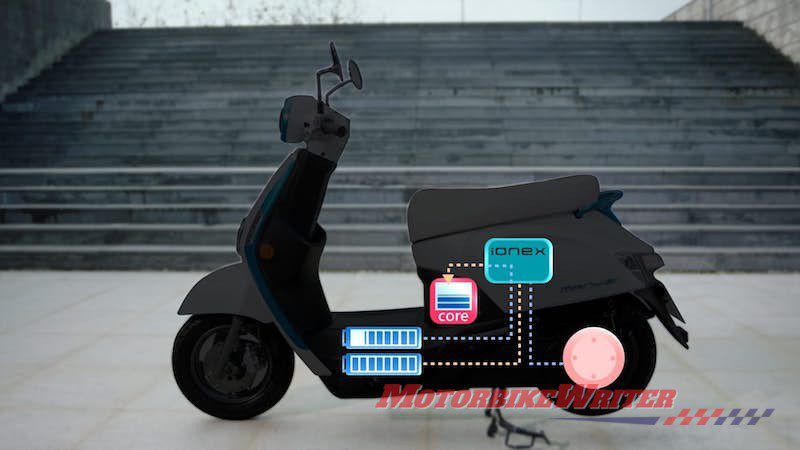Rechargeable batteries with magnesium instead of lithium could extend the range of electric vehicles as much as 50% and make them lighter and cheaper, new research has found.
CVMR Energy Metals says their eight-year research has found that magnesium (Mg) anodes in rechargeable batteries pack 50% more power as it has a higher energy density than lithium.
Rechargeable Li-ion batteries have dominated the rechargeable battery market since the 1990s and are the main energy source in electric vehicles.
All of the current and coming electric motorcycles and scooters use lithium-ion batteries.

However, lithium is rare and expensive, while magnesium is more widely available and therefore cheaper.
Other advantages are that Mg does not need an “intercalation” compound layer, so you can pack up to five-times more metal than lithium in the same-size rechargeable battery.
That also means batteries can be smaller and lighter, which is a huge boon for smaller electric vehicles such as motorcycles and scooters.
CVMR’s breakthrough comes in the use of a higher energy density cathode material and an electrolyte that helps the chemical reactions generate higher energy density than lithium batteries.
The American company hopes to have their magnesium-based batteries available in the next two years.
Magnesium batteries
Magnesium use in batteries is not new.
Non-rechargeable Mg batteries have been available for decades.
Magnesium dry batteries were widely used by the US military from 1965 to 1984 and Mg air batteries have been used as land-based backup systems and undersea power sources, using seawater as the electrolyte.
Although magnesium air batteries are primary cells (not rechargeable), they have the potential to become rechargeable by replacing their anode and electrolyte.
Rechargeable issues
The potential for rechargeable magnesium batteries has been known for some time.
However, finding a cost-effective high-energy density cathode material and suitable electrolytes has slowed progress.
The major problem has been the formation of a non-conductive layer on the Mg anode blocking the recharging of the battery.
In 2016, Honda’s Saitama Industrial Technology Center claimed they had a commercially viable Mg rechargeable battery that used vanadium as a cathode. However, these batteries have not yet hit the market.
Although CVMR owns one of the largest vanadium reserves in Africa, and vanadium has been touted as a suitable cathode in magnesium batteries, the company tested a host of other elements and compounds, such as zirconium, cobalt and tungsten.
They claim vanadium, manganese and transition metals are the most promising.
The US Department of Energy’s Joint Center for Energy Storage Research has also researched chemical reactions involving magnesium.
As part of those studies, Berkeley Lab discovered that the self-stabilising, thin oxide surface layer that forms on the magnesium has some inherent defects that cause unwanted reactions.
CVMR spokesman Kamran Khozan claims they have overcome these defects.
“Today’s scientific discoveries cannot take place in isolation,” he says.
“We all benefit from each other’s efforts, and owe a debt of gratitude to those who have the vision to be leaders in their field of specialisation.”




